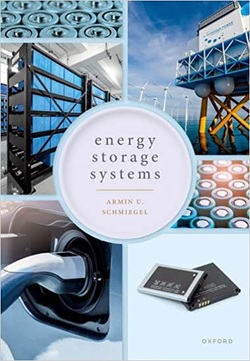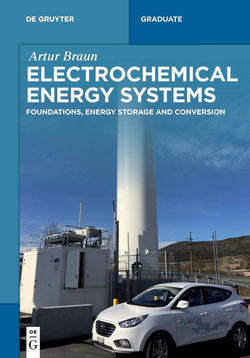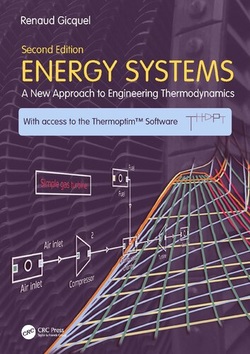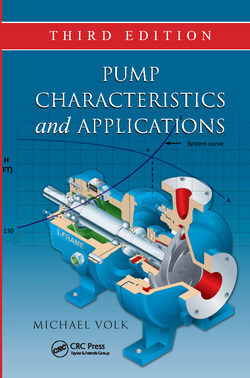ذخیره سازی انرژی هوای فشرده؛ انواع، سیستم ها و کاربردها

سال انتشار: 2022 | 284 صفحه | حجم فایل: 12 مگابایت | زبان: انگلیسی
Compressed Air Energy Storage: Types, systems and applications (Energy Engineering)
نویسنده
David S-K. Ting, Jacqueline A. Stagner
ناشر
The Institution of Engineering and Technology
ISBN10:
1839531959
ISBN13:
9781839531958
قیمت: 16000 تومان
برچسبها: ذخیره انرژیThe intermittency of renewable energy sources is making increased deployment of storage technology necessary. Technologies are needed with high round-trip efficiency and at low cost to allow renewables to undercut fossil fuels. The cost of lithium batteries has fallen, but producing them comes with a substantial carbon footprint, as well as a cost to the local environment.
Compressed air energy storage (CAES) uses excess electricity, particularly from wind farms, to compress air. Re-expansion of the air then drives machinery to recoup the electric power. Prototypes have capacities of several hundred MW. Challenges lie in conserving the thermal energy associated with compressing air and leakage of that heat, materials, power electronics, connection with the power generator, and grid integration.
This comprehensive book provides a systematic overview of the current state of CAES technology. After an introduction to motivation and principles, the key components are covered, and then the principal types of systems in the order of technical maturity: diabatic, adiabatic, and isothermal. Experts from industry write about their experiences with existing major systems and prototypes. Economic aspects, power electronics and machinery, as well as special systems for offshore applications, are dealt with.
Researchers in academia and industry alike, in particular at energy storage technology manufacturers and utilities, as well as advanced students and energy experts in think tanks will find this work valuable reading.










































